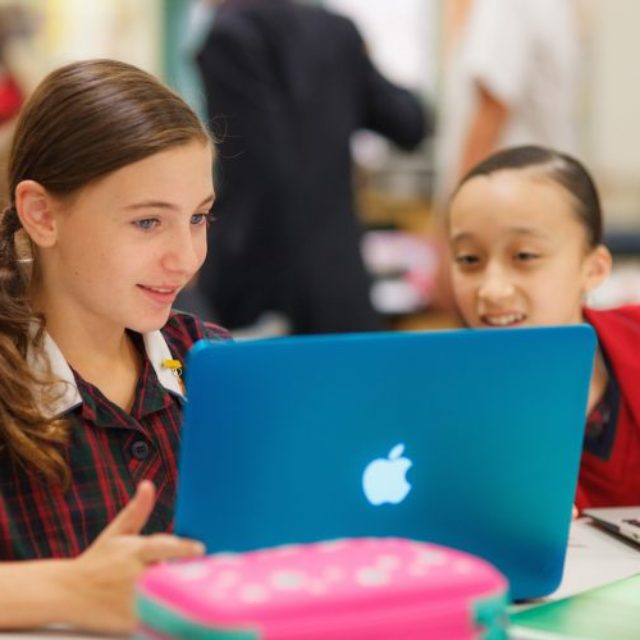The benefits of a growth mindset, open-ended maths
Mathematicians describe their work as collaborative. They discuss ideas and confirm their methods, reasoning and solutions with each other. For maths in the classroom to be authentic there needs to be time and space for collaborative problem solving, strategy sharing, exploring, discussing, justifying and reasoning.
Reasoning and justifying are both critical in maths and they are very hard to do without discussion. When students talk with one another and verbalise their thoughts, their ideas are reconstructed, strategies are developed and deep learning occurs.
Tasks can be designed as open-ended so that students are encouraged to think of different methods and representations of the task. They can be encouraged to share their methods and justify their reasoning with one another. Open-ended tasks are easily made with a low floor and high ceiling to cater for a wide range of student ability. An example of a recent open task completed with Year 6 students involved finding which scarf was the best value for money in advertisements found online. Some students worked out cost and postage while others include the cost of picking up the item verse having it mailed and include travel cost by both car and train. Students then had to justify their answers.
Justifying and sharing strategies needs to be done in an environment where students understand mistakes are important and beneficial to the learning process. This is called having a growth mindset, which is particularly vital in maths. If students feel they have failed when they make a mistake they will be unwilling to share thoughts and strategies. In the book The Elephant in The Classroom (2015), Boaler describes the elephant as the belief that some people are good at maths and others aren’t, and that there is nothing you can do about it. This idea is flawed and harmful to a student’s perception of their mathematical ability and their mathematical growth.
When maths is taught in an environment where students are able to share ideas, feel safe to share mistakes, explore strategies with others and check their reasoning with one another, not only does deep learning occur, but students are able to share the joy of problem solving, creativity and beauty in mathematics.
-Extract from Student Diversity in the Classroom (Georges River Teachmeet, September 2017)
Leanne Harrington | B.Ed
Head of Learning Enrichment

